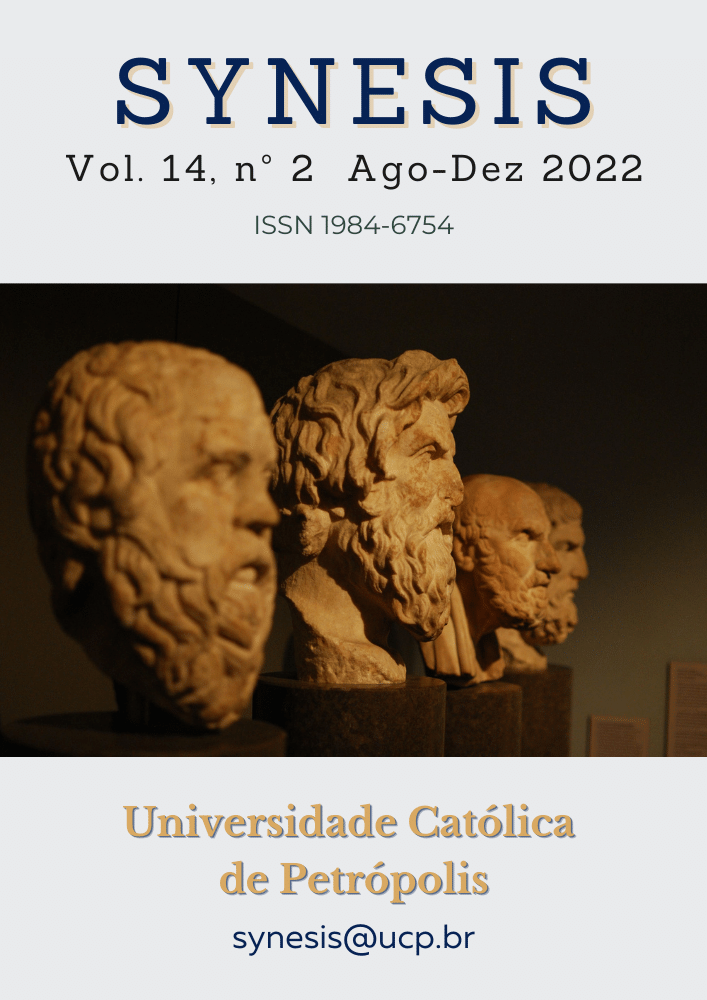Abstract
The aim of this study is to determine whether the achievement goals of young football players differ according to their life satisfaction levels. 306 football players in Turkey's Professional Leagues and in Izmir province were included in the study. Personal information form, Life Satisfaction Scale (Yetim, 1991) and 2x2 Achievement Goals in Sports Inventory (Kazak Çetinkalp, 2009) were applied to the participants, respectively. Descriptive statistics, classification analysis and t-test for independent groups were used in the statistical analysis of the data. Young football players' life satisfaction scores and athletes with low and high life satisfaction were determined by the K-averages classification method. Then, the two determined groups were compared in terms of their target orientation. When football players with low life satisfaction and football players with high level of life satisfaction were compared, no significant difference was observed in terms of mastery-approach and mastery-avoidance goals, while there were statistically significant differences in performance-approach and performance avoidance goals and the performance-approach and performance avoidance scores of the players with high life satisfaction were higher than the players with low life satisfaction. As a result, performance-approach and performance avoidance goals are goals that mean trying to do better than other individuals and not to be worse than other individuals.
References
Aksaray S; Yıldız, A; Ergün, A. (1998, Temmuz). Huzurevi ve evde yaşayan yaşlıların umut- suzluk düzeyleri. (1. Ulusal Evde Bakım Kongresinde sunulan bildiri.) Marmara Üniver- sitesi, İstanbul.
Amarantos, E., Martinez, A., & Dwyer, J. (2001) Nutrition and quality of life in older adults. J Gerontol A Biol Sci Med Sci, 56 Spec No 2, 54-64.
Antaramian, S. (2017) The importance of very high life satisfaction for students’ academic success, Cogent Education, 4:1, DOI: 10.1080/2331186X.2017.1307622
Antaramian, S. (2015). Assessing psychological symptoms and well-being: Application of a dual-factor mental health model to understand college student performance. Journal of Psychoeducational Assessment, 33(5), 419–429.
Cantor, N., Fleeson, W. (1991). Life tasks and self-regulatory processes. In Maehr, M. L., Pintrich, P. R. (Eds.), Advances in motivation and achievement (Vol. 7, pp. 327–369). Greenwich, CT: JAI Press.
Conroy DE, Eliot AJ, Hofer SM. (2003). A 2x2 achievement goals questionnaire for sport: Evidence for factorial invariance, temporal stability, and external validity. Journal of Sport & Exercise Psychology, 25(4), 456-476.
Dalbudak, İ., Yılmaz, T., Yiğit, SM. The relationship between university students' quality of life and nutrition. Progress in Nutrition, 2020; 22(1), 112-121.
Diener, E. (1984). Subjective well-being. Psychological Bulletin, 95(3), 542–575. https://doi.org/10.1037/0033-2909.95.3.542
Diener, E., Emmons, R. A., Larsen, R. J., & Griffin, S. (1985). The Satisfaction With Life Scale. Journal of Personality Assessment, 49(1), 71–75
Elliot, A. J., & McGregor, H. A. (2001). A 2 × 2 achievement goal framework. Journal of Personality and Social Psychology, 80(3), 501–519. https://doi.org/10.1037/0022-3514.80.3.501
Elliot, A. J., & Thrash, T. M. (2001). Achievement goals and the hierarchical model of achievement motivation. Educational Psychology Review, 13(2), 139–156. https://doi.org/10.1023/A:1009057102306
Emmons, R. A. (1986). Personal strivings: An approach to personality and subjective well-being. Journal of Personality and Social Psychology, 51(5), 1058–1068. https://doi.org/10.1037/0022-3514.51.5.1058
Eniseler, N. (2009). Çocuk ve gençlerde futbol. İstanbul: Futbol Eğitim Yayınları.
Gilman, R., & Huebner, S. (2003). A review of life satisfaction research with children and adolescents. School Psychology Quarterly, 18(2), 192–205
Kasser, T., & Ryan, R. M. (1993). A dark side of the American dream: Correlates of financial success as a central life aspiration. Journal of Personality and Social Psychology, 65(2), 410–422
Kazak Çetinkalp, F. Z. “Sporda hür irade kuramı ve başarı hedefi kuramının değerlendirilmesi”. Ege Üniversitesi, Sağlık Bilimleri Enstitüsü, Doktora tezi, 2009.
Koltarla, S. (2008). Taksim Eğitim ve Araştırma Hastanesi Sağlık Personelinin Yaşam Kalitesinin Araştırılması. Yüksek Lisans Tezi. İstanbul.
Köker, S. (1991). Normal ve sorunlu ergenlerin yaşam doyumu düzeylerinin karşılaştırılması. Yayınlanmamış Yüksek Lisans Tezi, Ankara Üniversitesi Sosyal Bilimler Enstitüsü, Ankara.
Michalos, A.C. (1985). Multiple Discrepancies Theory (MDT). Social Indicators Research, 16, 347-413.
Morris RL, Kavussanu M. (2008). Antecedents of approach-avoidance goals in sport. Journal of Sports Sciences, 26(5), 465-476.
Note: This study was presented as an oral presentation at the “1’st International Congress on Healthy Life” (2018,Istanbul/Turkey).
Özgen, F. (2012). Ç.O.M.Ü. Beden Eğitimi ve Spor Yüksekokulu Öğrencilerinin Yaşam Doyumu Düzeylerinin İncelenmesi. Mezuniyet Tezi, Çanakkale On Sekiz Mart Üniversitesi, Çanakkale.
Renshaw, T. L., & Cohen, A. S. (2014). Life satisfaction as a distinguishing indicator of college student functioning: Further validation of the two-continua model of mental health. Social Indicators Research, 117(1), 319–334.
Ryan, R. M., Sheldon, K. M., Kasser, T., & Deci, E. L. (1996). All goals are not created equal: An organismic perspective on the nature of goals and their regulation. In P. M. Gollwitzer & J. A. Bargh (Eds.), The psychology of action: Linking cognition and motivation to behavior (pp. 7–26). The Guilford Press.
Toros, T., Akyüz, U., Bayansalduz, M., & Soyer, F. (2010). Görev ve ego yönelimli hedeflerin yaşam doyumu ile ilişkisinin incelenmesi (dağcılık sporu yapanlarla ilgili bir çalışma). Uluslararası İnsan Bilimleri Dergisi, 7(2), 1039-1050.
Vara, Ş. (1999). Yoğun bakım hemşirelerinde iş doyumu ve genel yaşam doyumu arasındaki ilişkini incelenmesi. Yayımlanmamış Yüksek Lisans Tezi, Ege Üniversitesi, Sosyal Bilimler Enstitüsü, İzmir
Veenhoven, R. (1988). The utility of happiness. Social Indicators Research, 20(4), 333–354.
Yetim U. (1991). Kişisel Projelerin Organizasyonu Açısından Yaşam Doyumu. Yayınlanmamıs Doktora Tezi. Ege Üniversitesi. Sosyal Bilimler Enstitüsü.
Yetim, Ü. (1993). Life Satisfaction: A Study Based on the Organization of Personal Projects. Social Indicators Research, 29 (3), 277-289.
Yılmaz, T., Dalbudak, İ., Yiğit, ŞM. Relationship between life satisfaction and nutrition of students at the faculty of sports and health sciences at university, Progress in Nutrition 2020; 22(1), 1-15.

This work is licensed under a Creative Commons Attribution-NonCommercial-NoDerivatives 4.0 International License.
Copyright (c) 2022 Synesis (ISSN 1984-6754)

